Unlike smartphones, differentiating one TV model from another can be confusing. Every TV brand has its own model numbers. A Samsung TV and Sony TV, for example, have their own model numbers according to their TV manufacturers.
If you want to learn the meaning behind every LG model number down to the last digit, our technical team will explain everything you need to know in this guide:
LG TV Models and Numbers: Complete Guide
Every TV set of an LG model has its own product code on the back and its respective LG TV Model number/LG TV serial number, which contains information about the following:
- TV screen size
- Type of display
- Tuner type
- Manufacturing date
- Panel type and so forth
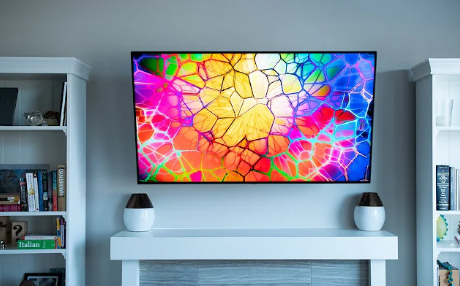
There are 2 crucial points to remember for an LG television:
- Each model number varies depending on its classification: LG LED, OLED, QNED, and NanoCell TVs.
- LG TV model numbers, as explained, are part of each TV series and model to differentiate one model number from another.
Fast Fact: LG TVs model number doesn’t change significantly even after LG releases a new series or model, meaning the model number in your current LG TV remains the same as it was in 2020.
Let’s take a closer look by using an example of an LG TV model number:
LG TV 70UN7380PVC
Now, let’s analyze each LG TV model number and letter to understand each letter/number.
70UN7380PVC
- 70 – is the diagonal screen size of your TV in inches
- U – the first letter (in this case is U) represents the display type of your LG TV
- S – stands for Super UHD TV
- U – Ultra High Definition TV
- E – OLED TV Model Numbers scheme till 2016
- L – LG LED TV
- P – LG Plasma TV (produced till 2012)
- N – The second letter means the year the TV model was created:
- P – 2021
- N – 2020
- M – 2019
- K – 2018
- J – 2017
- H – 2016
- F/G – 2015
- B/C – 2014
- N/A – 2013
- W/M/S – 2012
- V – 2011
- 7 – The following numbers represent the TV series
- 3 – This represents the TV model number
- 80 – This number refers to the TV modification
- P – This letter signifies the different countries it came from:
- P – Europe, the US (it’s usually the basic TV model)
- W – South Korea
- S – the UK and Singapore
- A – a US only model
- A – design features (These are different stand types of monitors)
As you can see, LG TV model numbers as explained are complicated as it contains a lot of information in just one model. However, all the information presented can be useful to get a better understanding of your TV. Between LED, OLED, and, Nanocell, you’re probably wondering which is the best for you.
Keep reading as we compare the differences below.
LG OLED TV Model Number
Now, let’s take a look at what and how to define an LG OLED TV model number. But first, what is an LG OLED TV Model?
An OLED (Organic Lighting Emitting Diode) is a type of TV model that uses LED in which the light is produced by organic molecules. This creates a much higher quality of picture and color on the TV screen.
Simply put, it’s an upgraded version of the LG LED TV in every aspect: Better Quality HD Resolution, better color quality and contrast, lighter and thinner, and ultimately, a better viewing experience.
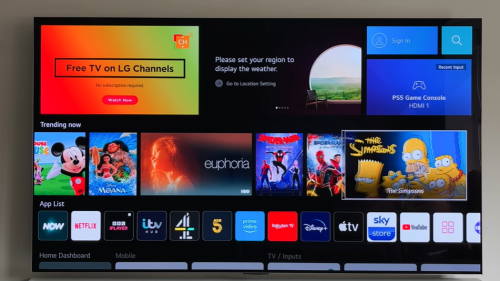
Let’s analyze the LG TV numbers of an OLED TV model number:
OLED77G1PVA
- OLED – This means this TV is OLED, an easier way to identify between LED TVs
- 77 – The screen size in inches.
- G – The next letter identifies that this TV is has a screen-type of 4K Resolution. Generally higher tier letters mean sleeker appearance or better/more features so G is a higher-tier than a C, for example
- B/C/G/E/W – 4K TVs
- Z – 8K TVs
- R – Rollable TVs
- 1 – the year when the particular model went on sale:
- 6 – 2016
- 7 — 2017
- 8 — 2018
- 9 — 2019
- Х — 2020
- 1 — 2021
- P – Used to identify the tuner type until 2019, but now it’s used to identify the TV region:
- Till 2018:
- V/J – DVB T2 / C / S2
- D – DVB T / DVB T2HD / C / S / S2
- P – ATSC / ISDB
- T – DVB T2
- Since 2018:
- P – Basic model
- W – South Korea
- S – the UK and Singapore
- A – the US
- V – the digital tuner type:
- U – ATSC / Clear QAM (the US, Canada, and Mexico)
- L – DVB T / T2 / T2HD / C / S / S2 (Europe, Turkey, and Russia)
- N – ATSC 3.0-ATSC 1.0. (South Korea)
- S – SBTVD (Brazil, Argentina, Chile)
- J – BS 110 (Japan)
- V – DVB-T2 / C / S2 (Saudi Arabia, OAE, Kuwait, and South Africa)
- T – MPEG-2/4 DVB-T2 (Australia, Singapore, Australia, and India)
- No – DVB-T2 / C / S2 (New Zealand)
- C – DTMB (China, Hong Kong)
LG NanoCell/QNED TV Model Number
The LG Nanocell / QNED TVs is an upgraded series of LG TV models that focuses on viewing experience as it gives a wider angle of viewing as well as eliminating reflections from external lights. Again, let’s analyze each model number of LG NanoCell/ QNED TVs with this example:
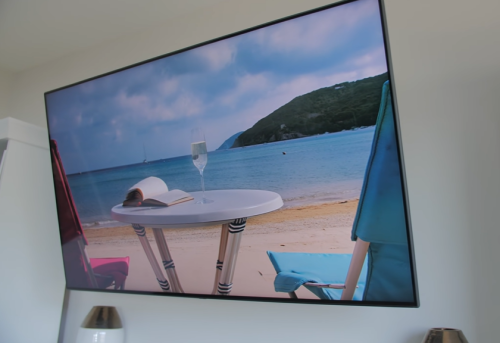
75NANO80VPA
- 75 – The diagonal size of your TV in inches.
- NANO – This simply means that the TV is from the NANO series.
- 80 – Refers to the tier within the Nanocell technology. This can range between 75 – 99 where 80 is part of the lower tier
- V – TV sales region:
- P – basic TV model
- A – the US, Mexico, Canada
- L – Europe, Turkey, and Russia
- W – South Korea
- S – the UK, Singapore
- T – Australia, India
- V – Saudi Arabia, OAE, South Africa, and Kuwait
- P – The year the model was made in monthly detail.
- N — 2020
- P — 2021
- A – design features; flat panel design
If you’re having a hard time understanding the TV model numbers, you can always call LG support on their landline or phone to help you out.
With all the model numbers explained, let’s dive into which type suits your preferred viewing experience best.
Comparison of LG TV Types
LED TV Models
LG LED TV models are the ‘mid range’ type of TV models. These are an improved version of the outdated CCFL and LCD TVs before.
An LG LED TV model now has changed significantly to a smaller, thinner, powerful, and more efficient type compared to its predecessors. It also boasts higher quality images and better resolutions for a better viewing experience.
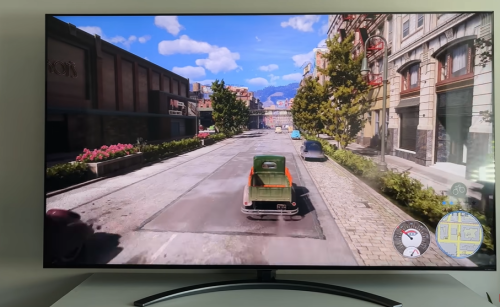
They are still the staple TV of the consumer electronic categories up to this day but they’re becoming obsolete as more innovative TV models are currently expanding in availability.
OLED TV Models
This specific model is an upgraded version of LED TVs that have higher pixel accuracy, brighter colors, a wider resolution that’s fit for bigger screens, and a faster refresh rate for high-quality display.
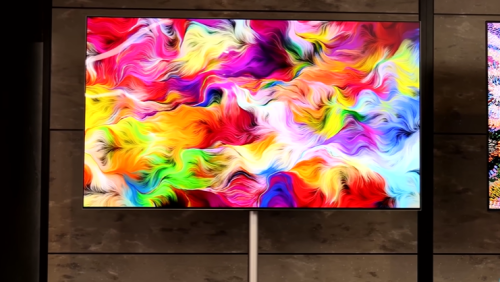
It’s thinner and lighter compared to LED TV models as it does not require any more backlighting and makes use of pixels [1] to give color. You could say this is the balanced version of LG TVs.
NanoCell / QNED TVs
This particular TV series can be considered as a minor improvement, but a Nanocell TV model is equipped with technology that eliminates any reflection from external lights, providing a more accurate and better viewing experience for everyone.
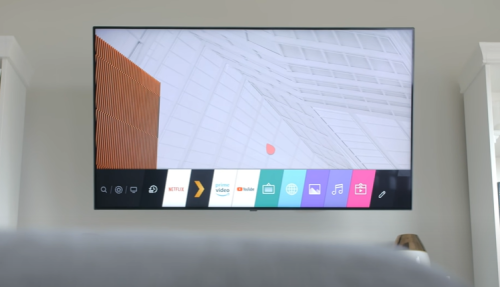
Compared to the LG’s OLED TV model, Nanocell is only superior in bright areas while OLED TV models are generally better in every aspect of a TV model: color, resolution, display, and quality.
Which Type is Best?
Between the Nanocell model and the OLED TVs, Nanocell types are better to use in bright areas. OLED TVs, though, are generally the superior choice, boasting better color accuracy, wider viewing angles, and almost instant response times.
Conclusion
Understanding LG TV model numbers can be quite confusing and tricky at first, but with a little bit of practice and understanding, you can easily pick out the next LG Smart TV for your home. Our technical team hopes that this LG TV model numbers explained guide has helped you learn more about your unit.
